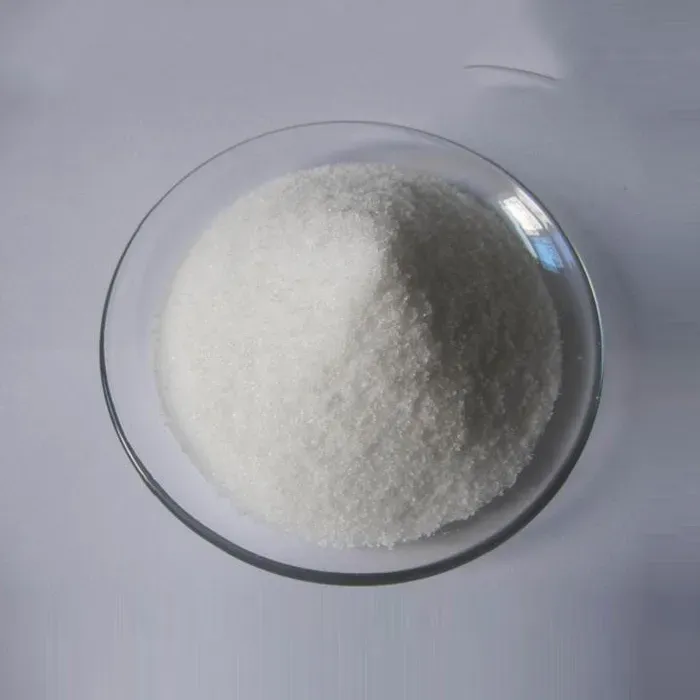The Therapeutic Potential of Pentoxifylline Powder A Comprehensive Overview
Pentoxifylline is a methylxanthine derivative that is primarily known for its ability to improve blood flow by reducing blood viscosity and enhancing red blood cell flexibility. Originally developed for the treatment of peripheral vascular diseases, such as intermittent claudication, pentoxifylline has found broader applications across various medical fields due to its anti-inflammatory and immunomodulatory properties. This article delves into the pharmacological aspects, clinical applications, and potential benefits of pentoxifylline powder.
Pharmacological Mechanism
Pentoxifylline exerts its therapeutic effects through multiple mechanisms. Its primary action is to inhibit phosphodiesterase, an enzyme that breaks down cyclic AMP (cAMP). Elevated levels of cAMP result in vasodilation, improved blood flow, and increased oxygenation of tissues. Furthermore, pentoxifylline promotes erythrocyte deformability and diminishes platelet aggregation, leading to reduced blood viscosity and enhanced microcirculation.
The drug also exhibits anti-inflammatory properties by modulating the expression of pro-inflammatory cytokines. It decreases the production of tumor necrosis factor-alpha (TNF-α) and interleukin-1, which play significant roles in the inflammatory response. Consequently, pentoxifylline is beneficial in conditions marked by inflammation and compromised blood flow.
Clinical Applications
1. Peripheral Vascular Diseases Pentoxifylline is commonly prescribed to patients with peripheral arterial occlusive disease. Clinical studies indicate that it improves walking distance and reduces pain in individuals suffering from intermittent claudication. By enhancing blood flow to affected muscles, patients can engage in physical activity with decreased discomfort.
2. Diabetic Foot Ulcers The management of diabetic foot ulcers is crucial due to the risk of infection and amputations. Pentoxifylline has shown promising results in promoting wound healing by improving microcirculation and reducing tissue hypoxia. Its anti-inflammatory effects further aid in better management of diabetic ulcers.
pentoxifylline powder

3. Chronic Venous Insufficiency Patients with chronic venous insufficiency often experience symptoms such as pain, swelling, and skin changes. Pentoxifylline's ability to enhance venous blood flow can alleviate these symptoms and improve the quality of life for patients suffering from this condition.
4. Liver Diseases Pentoxifylline has been explored as an adjunct therapy in liver diseases, particularly in patients with alcoholic liver disease and non-alcoholic fatty liver disease. The drug's anti-inflammatory mechanisms may help reduce liver inflammation and promote recovery.
5. Pulmonary Conditions There is emerging evidence supporting the use of pentoxifylline in managing pulmonary hypertension and chronic obstructive pulmonary disease (COPD). Its role in improving oxygen delivery and reducing inflammation makes it a candidate for further investigation in respiratory diseases.
Potential Benefits and Side Effects
Pentoxifylline is generally well-tolerated; however, some patients may experience side effects, including gastrointestinal disturbances, dizziness, and headaches. Serious adverse effects are rare but can include bleeding complications, especially in patients taking anticoagulants.
Given its wide-ranging therapeutic effects, pentoxifylline holds significant potential beyond its original use. Ongoing research is expected to explore its effectiveness in additional conditions, including cardiovascular diseases, neurodegenerative disorders, and various inflammatory conditions.
Conclusion
Pentoxifylline powder represents a versatile therapeutic agent with multiple applications across various medical disciplines. Its unique ability to enhance blood flow, reduce inflammation, and promote healing makes it a valuable option for patients with conditions characterized by impaired circulation and inflammatory processes. Continued research will likely unveil even more potential benefits of pentoxifylline, solidifying its role as a key player in modern pharmacotherapy. As with any medication, it is essential for healthcare professionals to evaluate the risks and benefits on a case-by-case basis to maximize the therapeutic outcomes for their patients.

